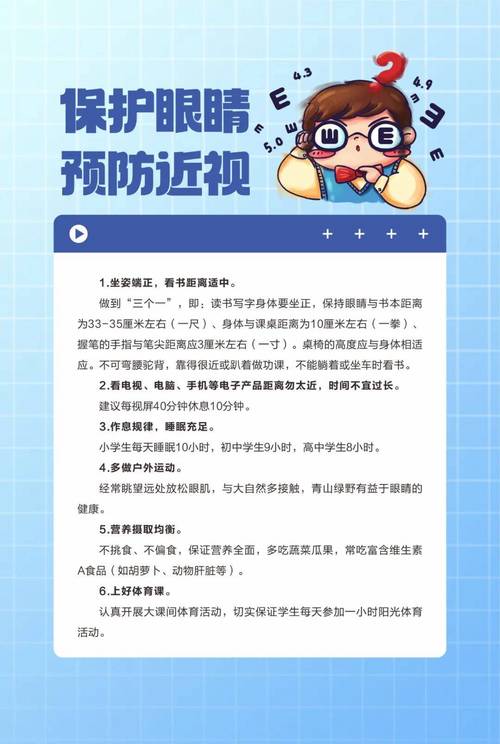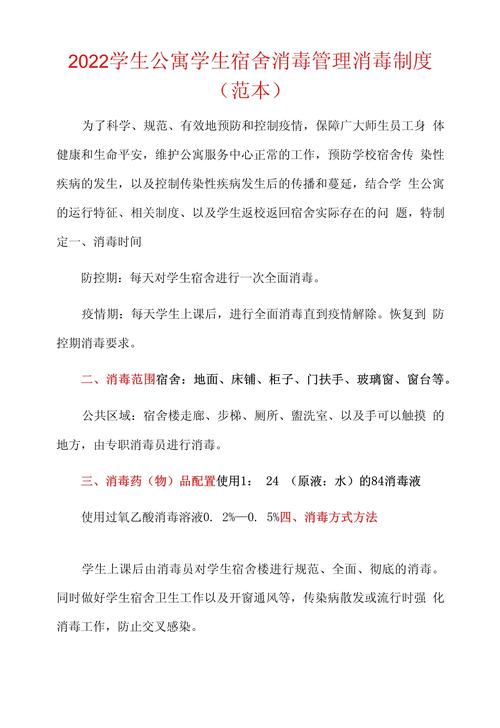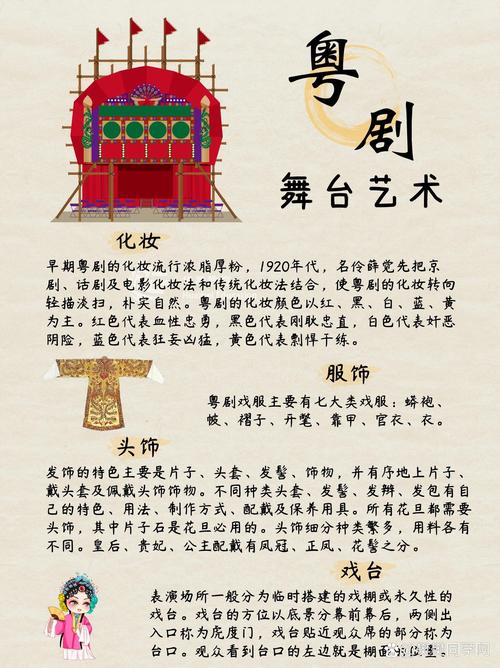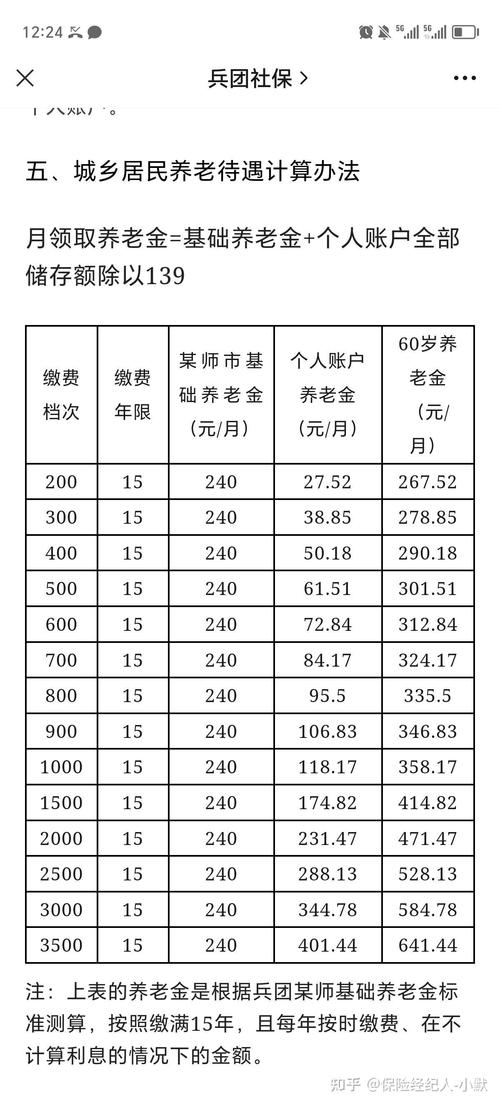zookeeper分布式事务 ZooKeeper分布式技术

利用 ZooKeeper 来构建队列能够借助其强大的一致性和高可用性保障队列操作的准确性与可靠性。下面介绍一种基础的实现逻辑以及相关步骤:1. 确定队列类型
多个通常队列分为主要形式:一对一队列(One-to-One Queue):每条消息仅由单一消费者接收。广播队列(Fan-out Queue):每条消息可被多个消费者同时消费。2. 在ZooKeeper中构建节点
通过创建持久节点与临时顺序节点来模拟排序中的相关信息。持久节点
用来保存队列的信息,比如队列名、消费者的基本记录等。create /queue/myQueue quot;quot;登录后复制临时顺序节点
纵向实际队列内部消息的存储位置。create /queue/myQueue/message-0000000001 quot;quot;create /queue/myQueue/message-0000000002 quot;登录后复制3. 生产者执行流程
生产者负责把消息添加到ZooKeeper的临时顺序节点里。import Zookeeperlt;pgt;def enqueue(zk,queue_path,message):zk.create(fquot;{queue_path}/message-quot;,message.encode(),ephemeral=True,sequence=True)登录后复制4. 消费者交互方式
消费者关注不同的策略从ZooKeeper获取并处理消息。轮询机制
消费者按照固定时间间隔轮询队列节点以获取最新消息。import Zookeeperimport timelt;/pgt;lt;pgt;def dequeue(zk,queue_path):while True:children = zk.get_children(queue_path,watch=watch_queue)if kids:children.sort()message_node = fquot;{queue_path}/{children[0]}quot;data, stat = zk.get(message_node)print(fquot;收到消息: {data.decode()}quot;)zk.delete(message_node)time.sleep(1)lt;/pgt;lt;pgt;def watch_queue(event):if event.type == Zookeeper.EVENT_NODE_CREATED:出队(zk, quot;/queue/myQueuequot;)登录后复制监听模式
借助ZooKeeper的监听机制,在有新消息加入队列时主动通知消费者。
import Zookeeperlt;/pgt;lt;pgt;def watch_message(event):if event.type == Zookeeper.EVENT_NODE_CREATED:出队(zk, quot;/queue/myQueuequot;)lt;/pgt;lt;pgt;zk = Zookeeper.init(quot;localhost:2181quot;)zk.exists(quot;/queue/myQueuequot;, watch_message)登录后复制5. 偏差控制与异常管理多线程协调:多个消费者可同时访问队列,需保证消息处理的与顺序的一致性。错误恢复:利用ZooKeeper的临时节点属性,一旦消费者中断连接,对应节点会自动清除,防止数据遗失。 6. 综合实例演示
下面是一个完整的例子,展示如何利用Python和ZooKeeper来搭建多层队列系统。
导入zookeeper导入线程导入时间lt;/pgt;lt;pgt;def enqueue(zk, queue_path, message):zk.create(fquot;{queue_path}/message-quot;, message.encode(), ephemeral=True, sequence=True)lt;/pgt;lt;pgt;def dequeue(zk, queue_path):while True:children = zk.get_children(queue_path, watch=watch_queue)if children:children.sort()message_node = fquot;{queue_path}/{children[0]}quot;data, stat = zk.get(message_node)print(fquot;收到消息: {data.decode()}quot;)zk.delete(message_node)time.sleep(1)lt;/pgt;lt;pgt;def watch_queue(event):if event.type == zookeeper.EVENT_NODE_CREATED:dequeue(zk, ";/queue/myQueuequot;)lt;/pgt;lt;pgt;zk = zookeeper.init(quot;localhost:2181quot;)zk.exists(quot;/queue/myQueuequot;, watch_queue)lt;/pgt;lt;h1gt;生产者任务lt;/h1gt;lt;pgt;def produce_thread():for i in range(10):enqueue(zk, ";/queue/myQueuequot;, fquot;Message {i}quot;)time.sleep(1)lt;/pgt;lt;h1gt;消费者任务lt;/h1gt;lt;pgt;consumer_thread = threading.Thread(target=dequeue, args=(zk, quot;/queue/myQueuequot;))consumer_thread.start()lt;/pgt;lt;pgt; Producer_thread.join()consumer_thread.join()登录后复制
以上方法及示例代码,即可使用ZooKeeper构建一个简单的队列。针对特定的场景应用,还可以继续改进和添加更多高级功能,例如消息持久化、确认反馈机制等。
以上就是如何使用Zookeeper实现多个队列的详细内容,更多请关注乐哥常识网其他相关文章!
版权声明:本文内容由互联网用户自发贡献,本站不拥有所有权,不承担相关法律责任。如果发现本站有涉嫌抄袭的内容,欢迎发送邮件至 12345678@qq.com举报,并提供相关证据,一经查实,本站将立刻删除涉嫌侵权内容。
标签: 如何使用Zookee
相关文章
















